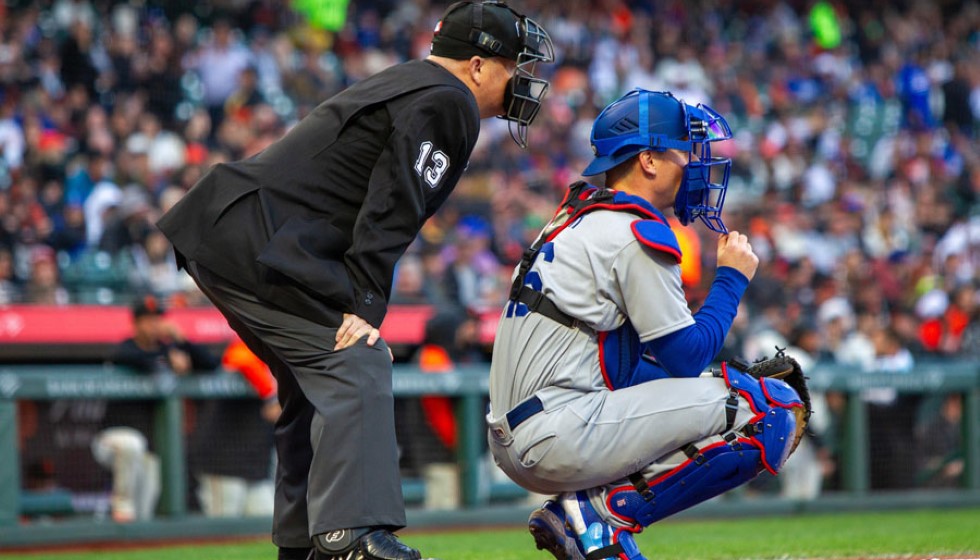
In recent years, Major League Baseball (MLB) has seen a worrying increase in the number of pitcher injuries, a trend underscored by recent cases. Eury Pérez, Shane Bieber, Jonathan Loáisiga, and Spencer Strider are currently on the sidelines due to various injuries. Adding to the list, Framber Valdez was recently scratched from a scheduled start on account of elbow soreness. These incidents are not isolated, pointing to a broader issue within the sport, particularly affecting pitchers.
Alarmingly, a recent statistic reveals that 34.2% of MLB pitchers have undergone Tommy John surgery—a procedure to reconstruct the ulnar collateral ligament in the elbow. Even more staggering is the fact that at the season's commencement, 80% of players on the injured list were pitchers, highlighting the disproportionate impact injuries have on this group.
Factors Contributing to the Increase in Pitcher Injuries
The rise in pitcher injuries can be attributed to multiple factors, from changes within the game itself to the physical demands placed on athletes. One element under scrutiny is the implementation of a pitch clock, which is feared to potentially exacerbate strain on pitchers. Additionally, the quest for increased pitching velocity and enhanced spin rates puts additional stress on pitchers' arms, raising the risk of injury.
Moreover, the crackdown on the use of foreign substances has been linked to more injuries. Pitchers historically used these substances to gain better grip and control, inadvertently providing a protective measure against overexertion. The ban has left many players scrambling for alternatives, with some believing it has directly contributed to their injuries. Compounding these issues is early specialization in youth baseball, where players focus exclusively on the sport from a young age, leading to early wear and tear on their pitching arms.
Another concern is the health impacts of reduced recovery time between games, a factor believed to contribute significantly to the rising injury toll. The intensive playing schedule offers little respite for recovering athletes, potentially leading to overuse injuries.
Despite these concerns, it appears the league has yet to fully acknowledge or investigate the effects these changes have had on player health. This lack of action or understanding from MLB has led to frustration among players and stakeholders who see this as a threat to the sport's future.
Voices of Concern
Criticism has been vocal from within the player community, with many expressing their frustrations publicly. The sentiment is that the changes in the game's dynamics, particularly the ban on foreign substances, have directly impacted players' health. One player passionately stated, "I truly believe 100% that's why I got hurt. I'm frustrated MLB doesn't understand. You can't just tell us to use nothing. It's crazy."
These concerns are not isolated to individual players. There is a growing chorus within the league calling for a reevaluation of these rules and practices. "Our concerns about the health impacts of reduced recovery time have only intensified," remarked one player, highlighting the anxiety that pervades the locker rooms across the league. Another added, "The league's unwillingness thus far to acknowledge or study the effects of these profound changes is an unprecedented threat to our game and its most valuable asset — the players."
Looking Forward
The rise in pitcher injuries within MLB is a complex issue tied to various factors from game mechanics to health and training practices. The recent injury statistics and player testimonies paint a concerning picture of a sport grappling with change, both in technology and regulation. The path forward requires a concerted effort from all stakeholders, including the league, to ensure that the drive for entertainment value and competitive edge does not come at the expense of player health and career longevity.
The game of baseball, particularly at the professional level, thrives on the skill and performance of its players. Protecting these athletes from preventable injuries is not just a matter of health - it's also about preserving the integrity and future of the sport itself. A meaningful dialogue between the players' union, league officials, and medical experts is essential to address these issues comprehensively. Only through a unified approach can Major League Baseball hope to mitigate the injury crisis and safeguard its athletes for seasons to come.